Von Bassermann-Jordan Chardonnay "S" Trocken 2016
Profile
-
Fruit
-
Body
-
Dryness
-
Freshness
-
Alcohol
Variety
Flavours
-

-

-

-

Glass

Serving Temperature

Food pairing
-

-

-

Maturity
Ready, but will improveYou may like these...
More of the same producer
More about this product
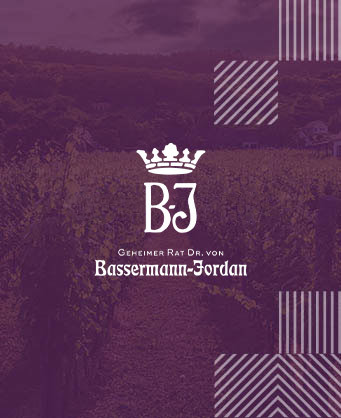
Bassermann-Jordan
The Pfalz is bordered on the north by Rheinhessen and on the south and west by France. For 80 kilometers, only vines stretch in front of you. This is the second largest wine region in Germany, but often the first in terms of production. The history of the Bassermann-Jordan winery is linked to the history of wine production in Pfalz. In 1718, Pierre Jordan bought the family's first vineyards in Pfalz, and Johann-Peter Jordan built the winery in Deidesheim sixty-five years later. At the turn of the century, Andreas Jordan was one of the first winemakers to vinify each plot with Riesling separately. The marriage between the Bassermann and Jordan families added the name Bassermann to the winery in 1883. The world-famous German writer and admirer of wine, Goethe, was a client in the early 19th century. Today, Bassermann-Jordan is among the top echelons in the world of wine estates.
All wines of the same producer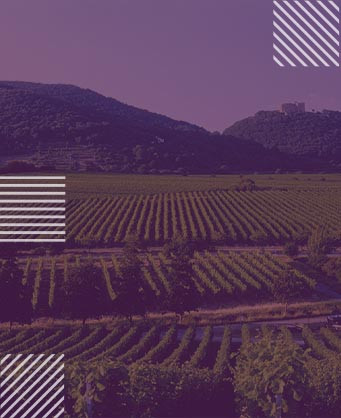
Pfalz
Пфалц е вторият по големина и един от най-важните винарски региони в Германия с около 23 500 хектара лозя. Само Райнхесен, на север, произвежда повече вино от Пфалц. Лозята са затворени в превъзходен пейзаж, който е дом на разнообразни сортове. Районът Пфалц е важен и за германската история, тъй като е имал централна роля по време на Римската империя. Лозята граничат с винарския регион Райнхесен на север и френския регион Елзас на юг. Регионът е разделен на две отделни зони. Спиращата дъха околност включва планинската верига Хаард, която е покрита с раститерлност, руини на замъци, редици овощни дървета, овощни градини и старинни села. Производството във винения регион Пфалц се характеризира с използването на съвременни технологии, но и традиционни лозарски методи. Виненият туризъм допринася значително за икономиката на Пфалц и много туристи посещават Пътя на виното. Този туристически маршрут е създаден през 1935 г. и все още привлича стотици хиляди посетители в региона всяка година. Това е един от най-топлите винарски региони в Германия. Лятото е сухо, но не прекалено горещо, а зимите са меки. Климатът е достатъчно мек, за да могат сортовете грозде и други култури да процъфтяват и да растат добре. Почвата е доста разнообразна в целия регион, с участъци от пясък, варовик, мергел, льос, гранит и няколко изолирани участъка със шисти. В северната част на района на Пфалц най-често срещаната почва е варовик, докато в южната част на Пфалц по-често се срещат льос и глинеста почва.
More wines of this region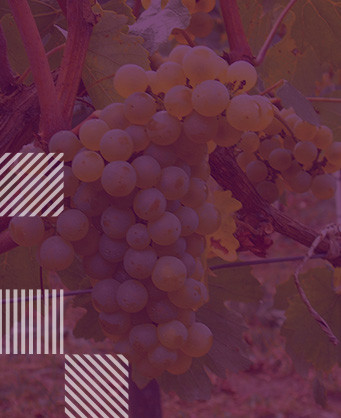
Chardonnay
Chardonnay is the world's most famous white-wine grape and also one of the most widely planted. Of course, the most highly regarded expressions of the variety are those from Burgundy and California, but many high-quality examples are made in Italy, Australia, New Zealand and parts of South America. Describing the flavours of Chardonnay is not easy. This is not thanks to the complexity of the varietal itself but usually due its susceptibility to winemaking techniques - such as Malolactic fermentation which gives distinctive buttery aromas or Fermentation or maturation in oak barrels which contributes to the wine with smokey notes of vanilla, honey and even cinnamon, and not last the lees contact while in barrel imparts biscuity, doughy flavours. And all these incorporated with the varietal aromas of tropical (banana, pineapple and guava) to stone fruits (peach, nectarine and apricot), sometimes even citrus and apple notes. Climate plays a major role in dictating which fruit flavours a Chardonnay will have - warm regions (California, Australia ) make more tropical styles; temperate zones (southern Burgundy, New Zealand) - stone fruit notes, while the very coolest (Chablis, Champagne) lean towards green-apple aromas.
More wines of the same variety
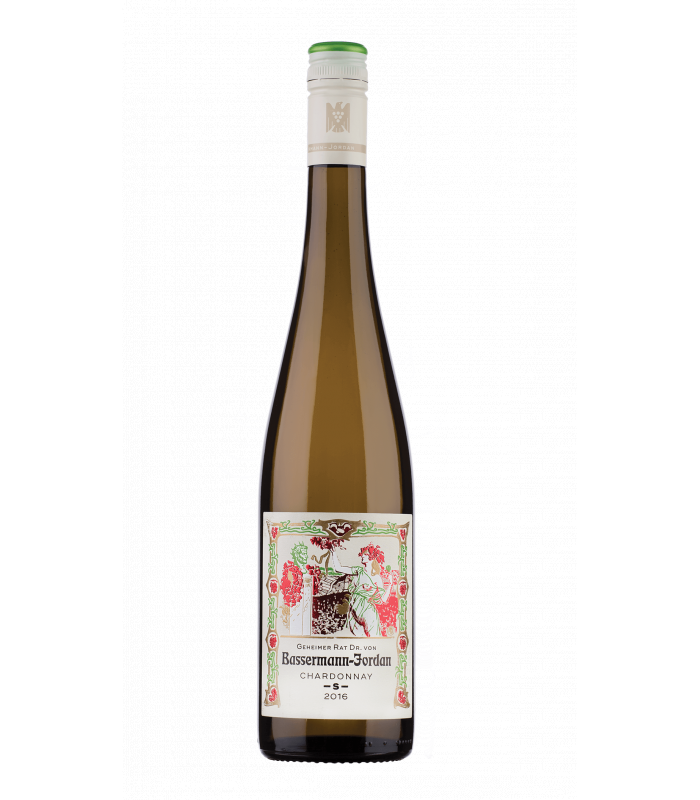


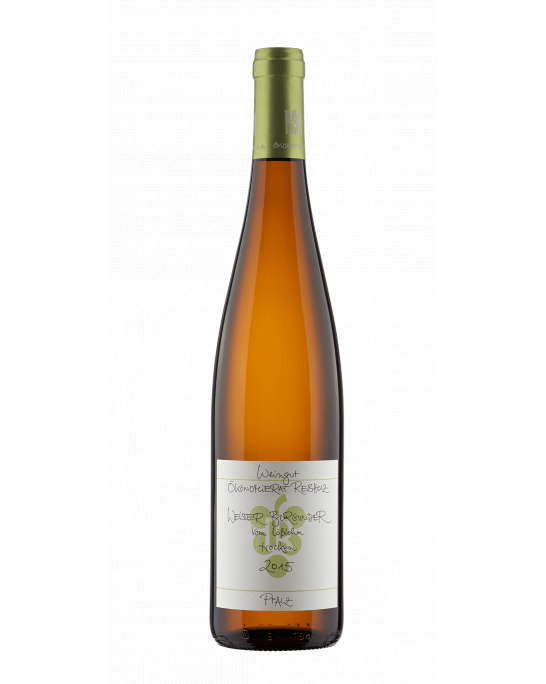
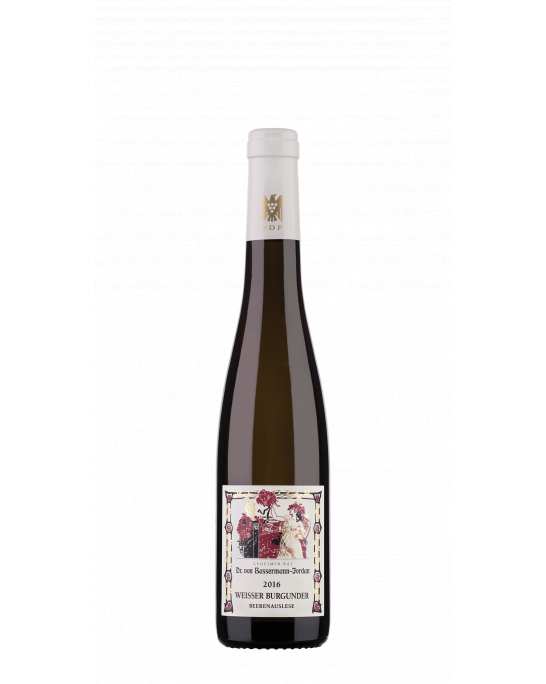
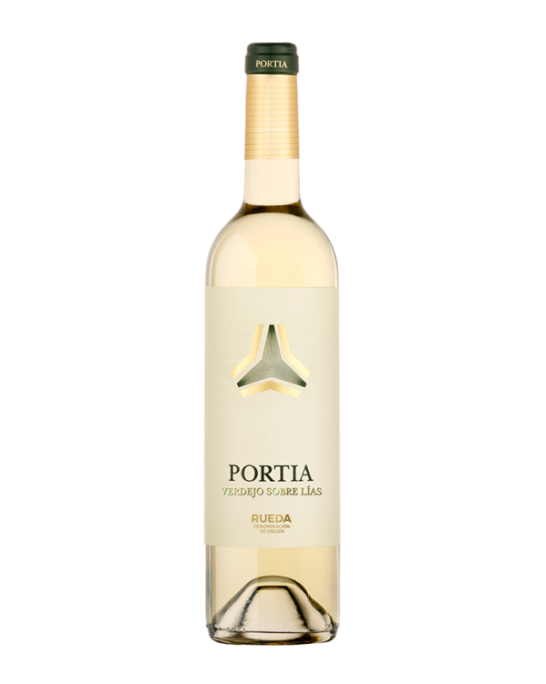
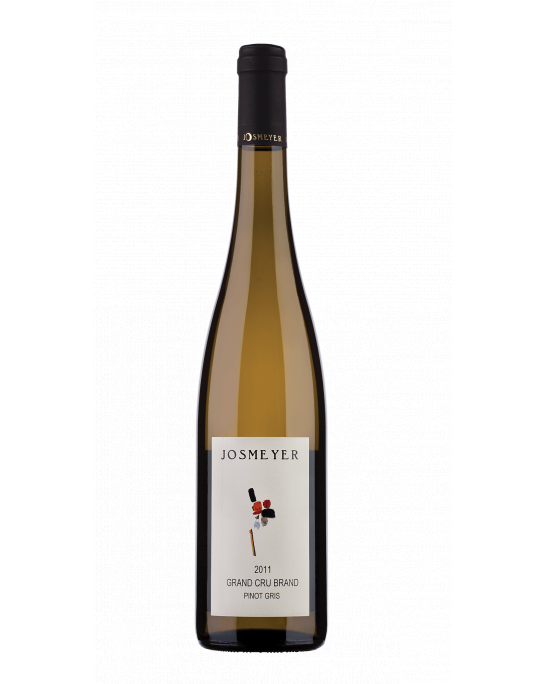
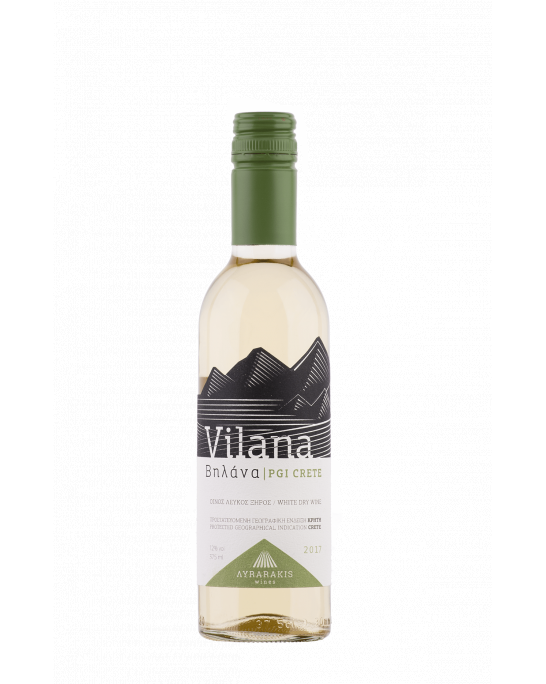
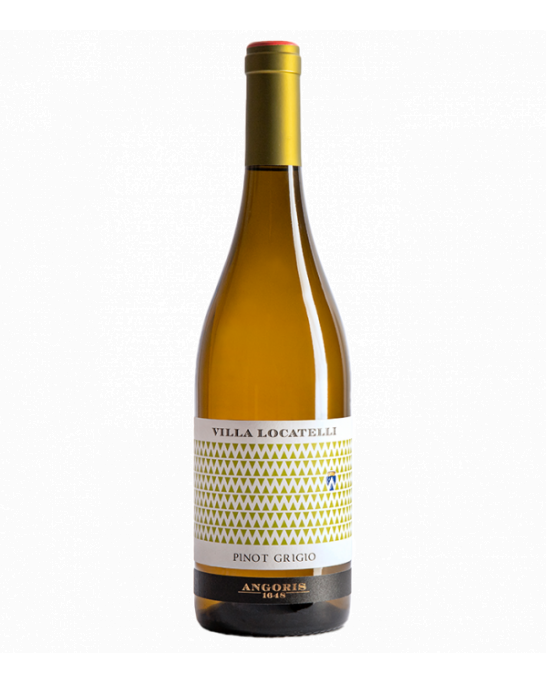
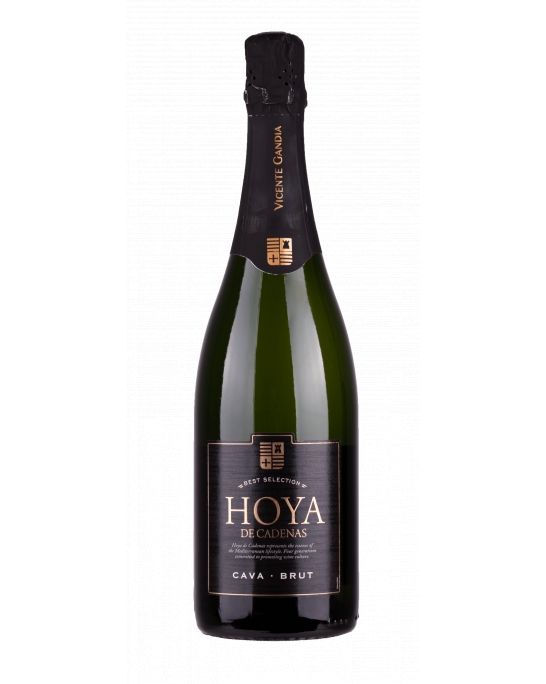
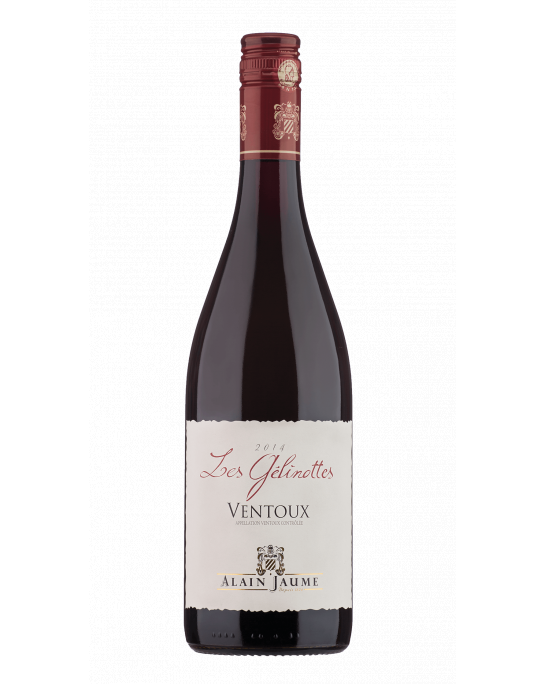
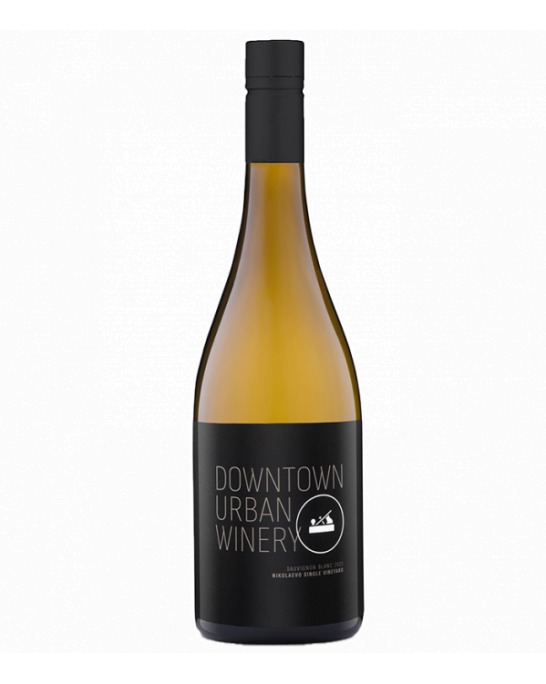
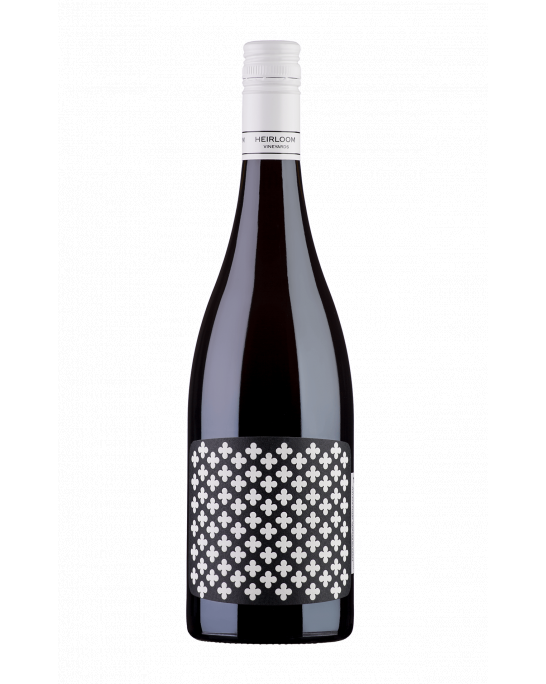
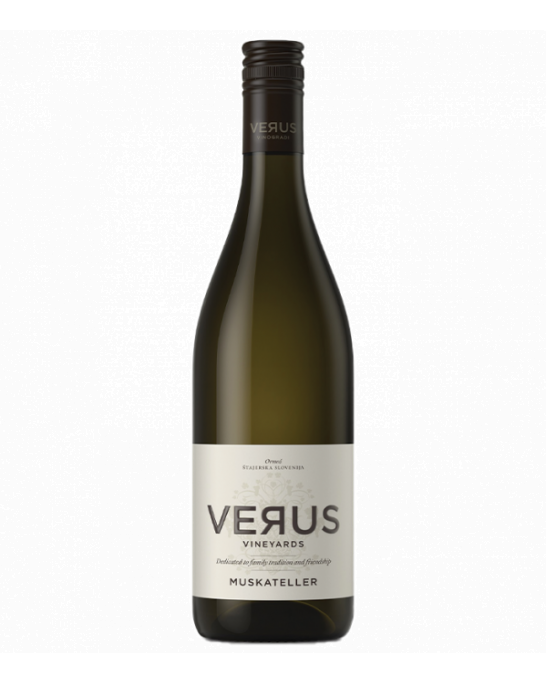
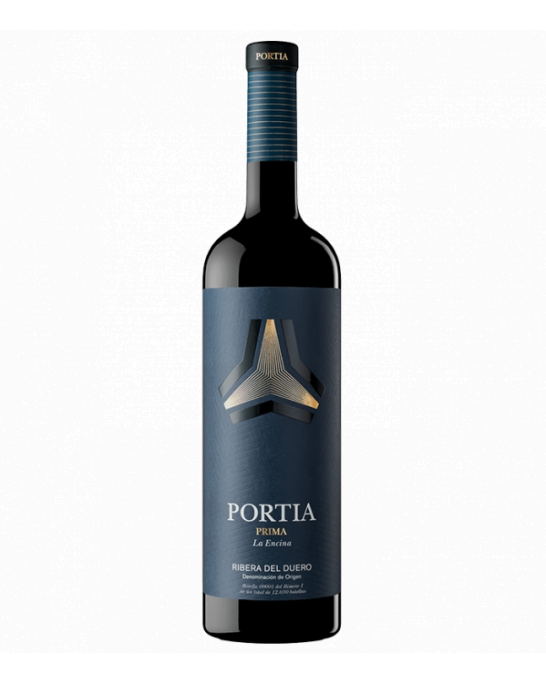
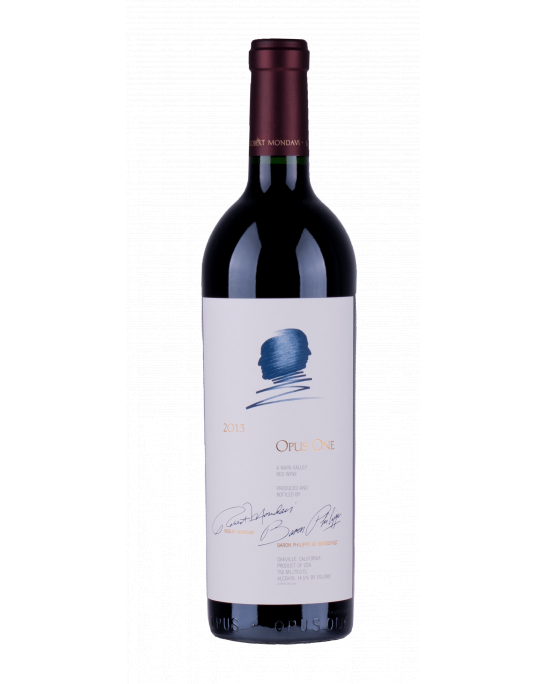
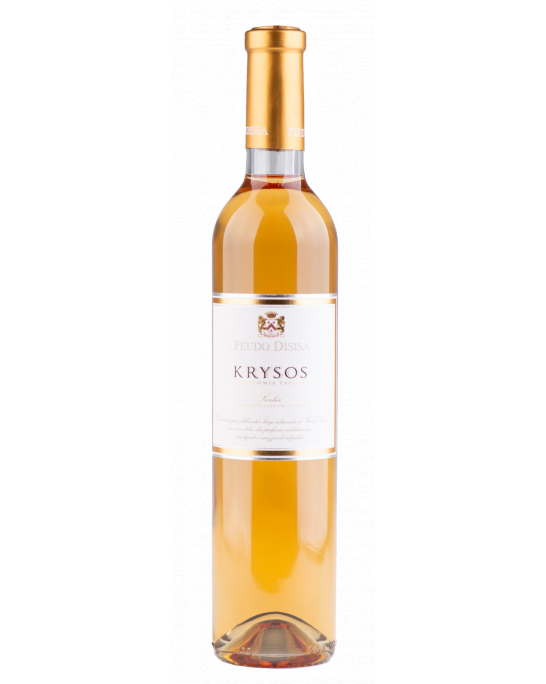
Customer reviews
No reviews available
Be the first to review